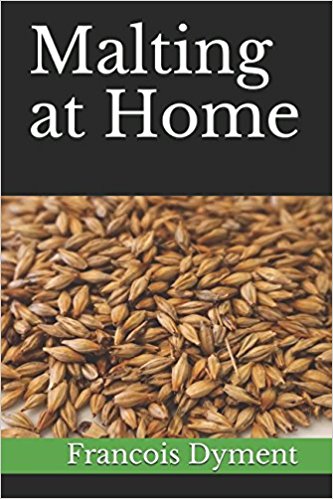Velvety smooth, with rich chocolate notes and a toasty aroma, just thinking about it makes me want to open another one. It’s low in hops, very dark and quite dry. I wasn’t sure how this would turn out because of the low germination rate of the hulled barley but it turned out well. Hulled barley is barley that’s had it’s husk mechanically removed, which is different than hulless barley which refers to certain barley varieties that have a loose husk like wheat, that separates easily during harvesting. (More on hulless coming soon) I thought hulled barley would be worth trying to malt since it’s often supplied in health food stores so it’s easier to find than regular barley. It’s also much better and cleaner than feed barley. The problem with it is that during the separation process many kernels get damaged and so the germination rate is low. I achieved an 80% rate with this batch so I took that into account when creating the recipe and factored in 20% of the base malt as raw barley. The advantage to using hulled barley is that without the husk you can make super smooth roasted malts. Roasted malts that are “debittered” are made with hulless or hulled barley. For this beer I also made a dark Munich with the hulled barley along with the roasted and pale malts. This beer is the perfect antidote to December shopping madness, but any beer is if you love shopping as much as I do. OG was 1.050 and the final gravity was pretty high at 1.017 for a 4.3% ABV. Here’s the recipe:
- 6 lbs pale
- 1.5 lbs raw barley
- 1.75 lbs black patent
- 2.43 lbs Munich
- 1 lb Rice hulls
- 1 oz. Goldings (5%) 60 min
- 1 oz. Goldings 20 min
- 1 oz Perle (8.2%) 10 min
- 1 oz. Goldings 5 min
- White Labs Irish ale yeast


